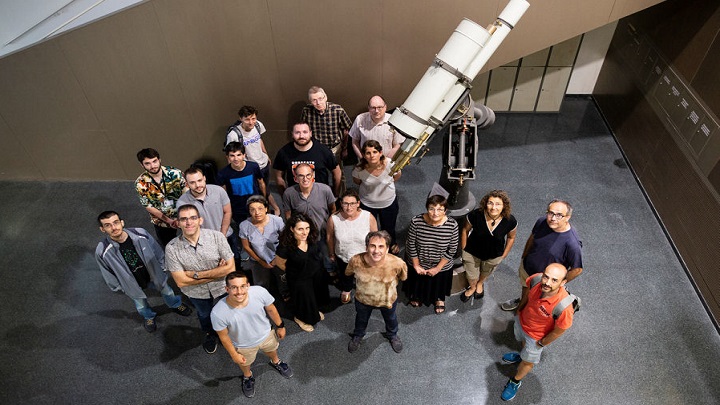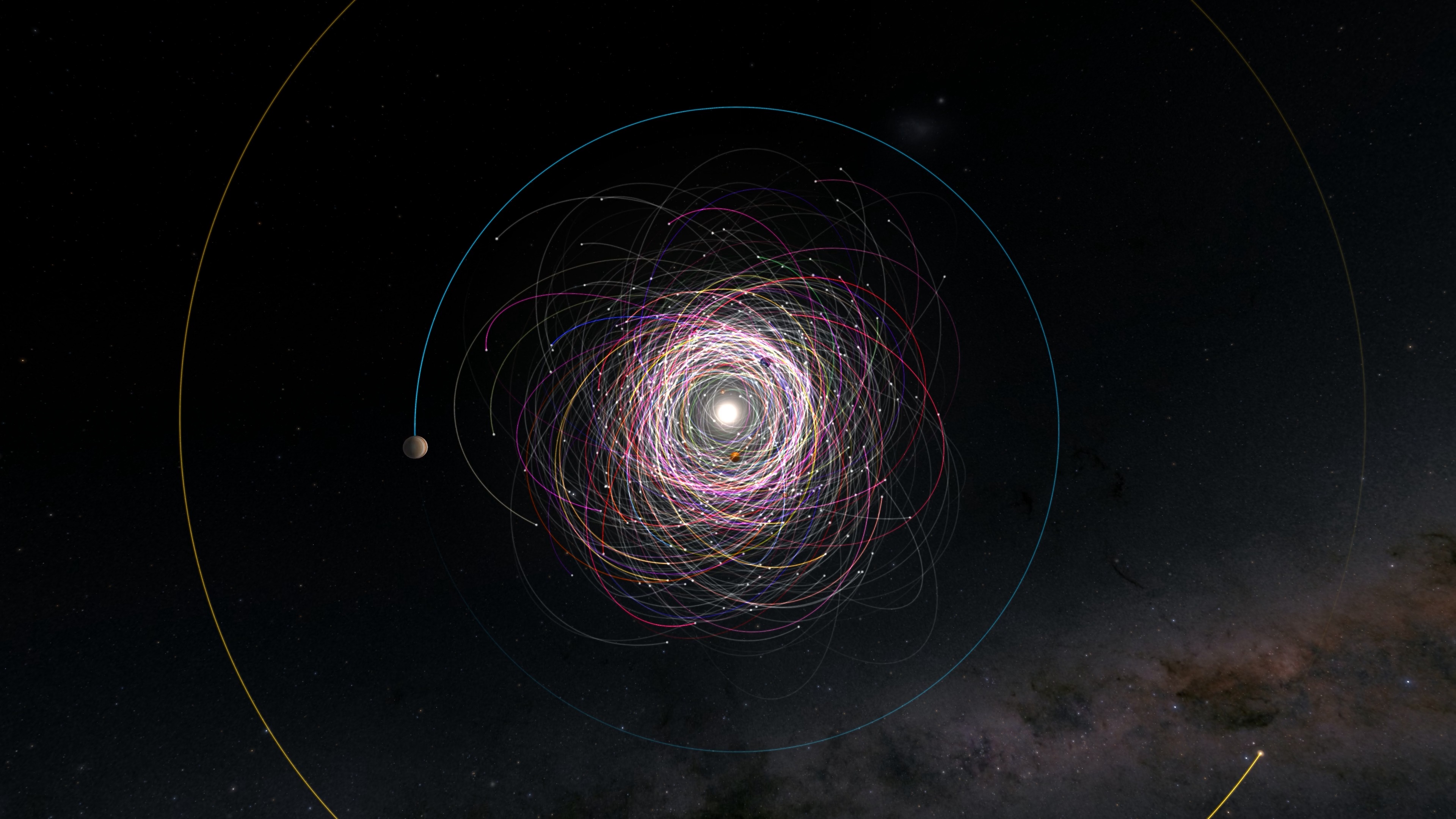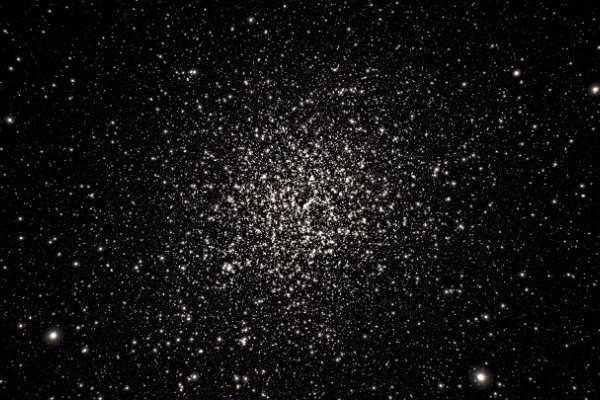The Gaia satellite is one of the most accurate and technologically advanced instruments ever built. It was launched into space in December 2013. Since the beginning, the mission has involved a team of experts led by Carme Jordi, Xavier Luri and Francesca Figueras, from the Faculty of Physics at the University of Barcelona, the UB's Institute of Cosmos Sciences (ICCUB) and the Institute of Space Studies of Catalonia (IEEC).

The new Gaia discoveries advance results from what will be the fourth data release — the Gaia Data Release (DR4) — to be made public no earlier than the end of 2025.
A new star map for Omega Centauri
Omega Centauri is the largest and brightest globular star cluster in our galaxy, with about ten million stars. It lies in the constellation Centaurus, and its origin and evolution still baffle the astronomical community. But why has it been the subject of the Gaia mission?
"The Omega Centauri cluster is one of the nine regions of high stellar density studied by the Gaia mission. Globular clusters, one of the oldest objects in the Universe, are particularly valuable for reconstructing the Milky Way's cosmic past. These bright objects, well visible in the sky, are still poorly understood and represent pieces of a gigantic cosmic puzzle that has yet to complete our knowledge of the Milky Way", says the team from the UB, the ICCUB and the IEEC.
With the new results, the Omega Centauri star map adds half a million new sources revealed thanks to Gaia's sophisticated observational mode for celestial mapping. This extends the previously known mapping — the nearly 1.8 billion stars revealed in June 2022 by the Gaia Data Release (DR3) — and makes it possible to create a complete, large-scale map of Omega Centauri with data on the positions, sky motions and brightness of the new stellar sources.
The exploration of eight other regions of high stellar density will also provide surprising results that will form part of the fourth Gaia Results Release (DR4), which will help to determine the age of the galaxy, as well as to test models of galactic evolution and, finally, to infer the possible age of the Universe itself.
Einstein crosses, an extraordinary space-time phenomenon
One of the most spectacular derivatives of Albert Einstein's theory of general relativity is gravitational lensing. This is a phenomenon caused by the deflection of light passing close to massive objects (stars, galaxies, etc.) that generates a giant magnifying glass effect. Gravitational lenses — applied as research tools in astrophysics — can amplify the brightness of light and capture multiple astronomical images that reveal extraordinary clues about the origin of the Universe.
Gaia has now identified 381 quasars, whose light would be affected by gravitational lenses — 50 are very likely to be lenses — making them the most ambitious set of candidates yet discovered. Five of the possible lenses could be what are known as Einstein crosses, an exceptional space-time phenomenon that produces an image with four different components in the shape of a cross.

Asteroids, starlight and radial velocity
The mission has also defined the position of 156,823 asteroids — identified by the Gaia Data Release (DR3) — with previously unknown accuracy. In the future, Gaia DR4 will double the number of asteroids studied and complete the set with comets and planetary satellites to improve the knowledge of the small bodies in the nearest space.
Also noteworthy is the description of the dynamics of 10,000 red binary stars, which is crucial for calculating cosmic distances, confirming stellar characteristics and detailing how stars evolve in the Universe. Previously unpublished radial velocity data on variable stars, analysis of interstellar bands and updated astrometry of solar system objects complete the scientific advances announced prior to the release of Gaia DR4.
Thanks to the Gaia mission's three data releases, we now have an innovative, multidimensional mapping view of the Milky Way, with unprecedented data on the positions, distances and motions of nearly two billion stars that will help to reveal the origin and evolution of our galaxy. The mission is redefining the foundations of astronomy, including in areas of astrophysics and cosmology not foreseen by the project. It relies on a large, international collaborative effort to collect and interpret a large volume of highly complex data to complete a final catalogue that will occupy a petabyte (one million gigabytes).
It is noteworthy that the Gaia team at ICCUB (UB-IEEC), led at the beginning of the mission by Professor Jordi Torra, was awarded in 2013 with the City of Barcelona Prize for experimental sciences and technology. In addition, the Gaia collaboration was also distinguished with the Lancelot M. Berkeley 2023 - New York Community Trust Award for the best work in astronomy.

Images: ESA/Gaia/DPAC



